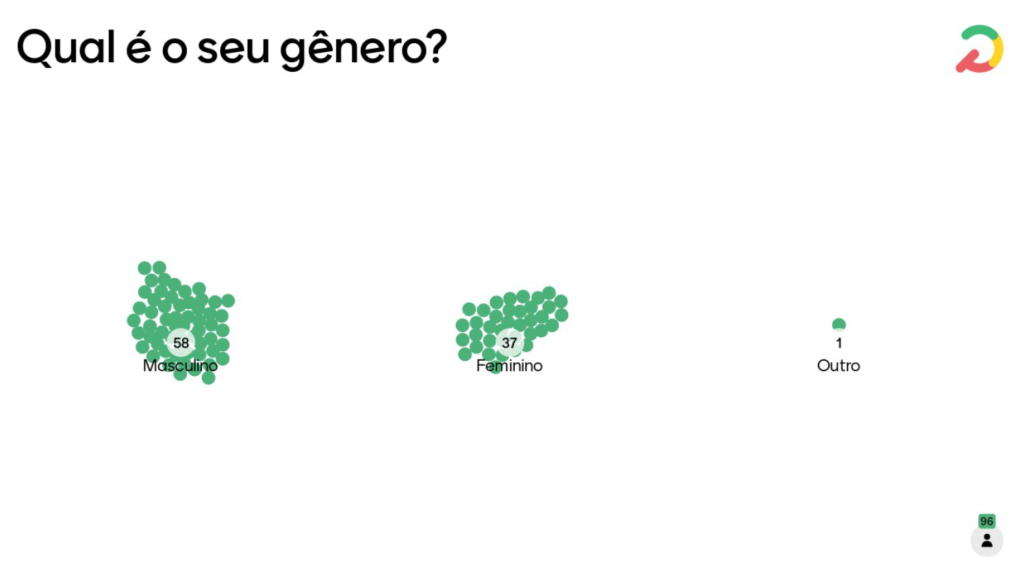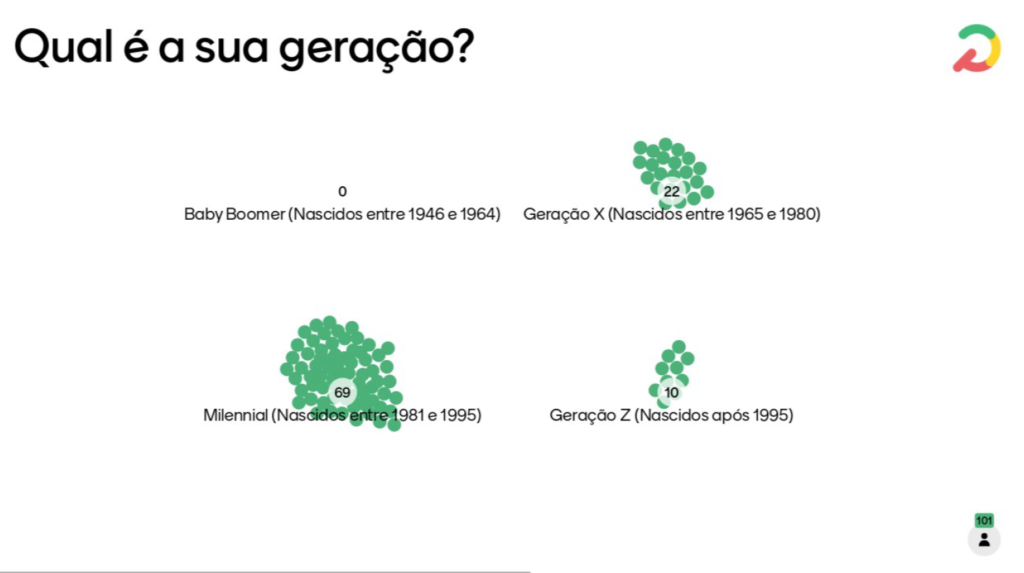by Thiago Brant, a Management 3.0 Facilitator
Management 3.0’s new Diversity Index is one more tool that applies the spirit of this model, which brings a collection of games, tools and practices that are always evolving to help any professional manage an organization. Today I’ll share a bit about this aspect commenting on the different ways I’ve used the tool, which have proven to be very flexible and adaptable in different contexts, as expected for this type of practice.
My first contact with the tool was in the world of workshops. First in Agility in HR workshop that I participated with my fellow facilitator, Mateus Rocha, and then in my own Agility in HR workshop. We used the Diversity Index as a way to increase diversity in each of the teams that were formed for the workshops.
It works like this:
- The teams are formed randomly (or by the natural arrival formation, with people choosing the table where they sit).
- Each team fills out a spreadsheet to calculate its diversity index
- The teams discuss among themselves to analyze ways to increase their index, in general by moving people among them (how about moving a foreign person from a team that has 2 foreigners, to one that has none?)
- After making the changes, the teams recalculate their diversity index rates to see how the final result turned out.
Below are two examples: The one we used in Mateus’ workshop (in person – a spreadsheet on a sheet of paper) and in my workshop (online – a shared Google Sheet):

So what do we gain from this exercise?
These teams will spend the next 16 hours together, sharing experiences and knowledge, and trying to solve a case of Agility in HR together. Of course, the more diverse these teams are, the richer the experience, and the better the learning will be. Imagine if at the beginning of the training people sit together according to their affinities (all from the same company at the same table, one table with women only). Little diversity! And the Diversity Index solves this issue in a very fun way, and with the whole group’s participation.
I participated in the Management 3.0 track of a conference in Brazil (TDC São Paulo – The Developers Conference) and chose to talk about Collaboration in Diversity, using the Diversity Index. But I wanted to present it in a way that people could experience this practice, and so a second application method emerged. Since I expected a large audience, and could not separate them into smaller groups (I only had 35 minutes!), I created an interactive experience using Mentimeter.
I adapted the Diversity Index questions (yes, you can choose the questions you want, that are representative for your context. Even the standard instruction for using the tool suggests this as a first step, the choice of the diversity items relevant to the group) and conducted the experiment.
On presentation day, I came across an audience of over 200 people. I gave question by question to each person in the audience to answer on their cell phones, and kept noting the differences in each aspect in a spreadsheet that only I had access to. It turned out to be a very fun and participative moment, in which incredible insights were already being generated.

Question about gender, only one person out of 96, did not consider herself male or female.

With over 100 responses, we saw that there was no Baby Boomer in the audience!
Something came up and it made me reflect. I used this same format in other situations, and we have never had a Baby Boomer present: Where are the Baby Boomers?
That was a nice conversation during the conference. As it was a more developer-oriented conference, it was expected that no one was born before 1964. But we were talking about Agility, Management 3.0, and diversity. It is very important that these people have access to this content, because they are important stakeholders in the transformations that the world is going through today.
I’m still in my saga to discover how to bring Baby Boomers to the agile side of the force!
My calculation (in the image below) showed that, from a possible score of 64 points, the TDC audience managed to reach 55. I don’t consider it to be a bad number from a diversity perspective, although it can be justified by the size of the group. I think the individual analysis of each question makes more sense (and is already at least valuable information for the organization of the event).

But the reflection becomes much more serious in smaller teams. How can you have maximum diversity in a team with few people? How can you leverage our creative power through diversity?
With these two experiences, I have already seen some potential uses of the Diversity Index:
- Compare the index between teams, and propose actions to improve it (from a standard set of items to calculate the index). I know that my friend and fellow facilitator, Luisa Escobar, has already begun applying this and I am looking forward to the results.
- Evaluate the diversity of teams that are starting innovative projects (imagine this in a Design Thinking or a Product Discovery team?).
- Understand the diversity of groups, as in conferences and events.
- Use it a lot in training and workshops, especially the longer ones, to improve the experience.
- And, above all: To bring the subject up!
Whenever I use the Diversity Index or talk about the topic, my final recommendation is always the same: No matter how you do it, bring the diversity discussion to the table, talk about it, debate, reflect. Make this subject remain in people’s lips (and in their minds). It is very urgent that we work on the aspects of diversity inclusion in a serious and solution-focused way.
And the Diversity Index ends up being a light, and even fun, way to make this subject emerge. I have become a huge fan of this tool!
➜ Continue reading about the importance of Diversity & Inclusion in the Workplace.

